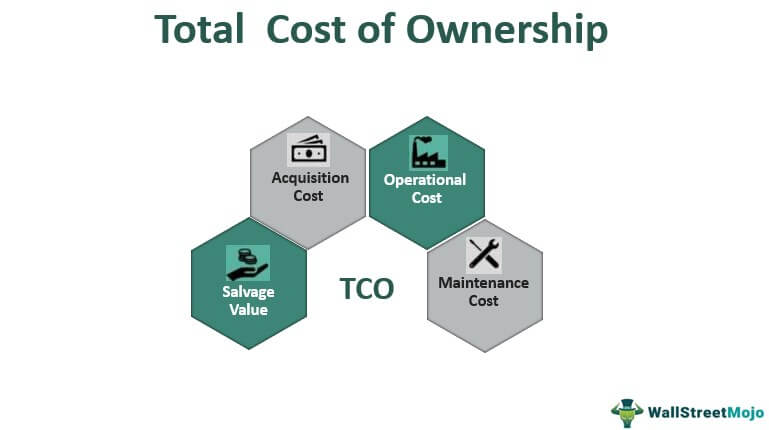
Calculating Total Cost of Ownership is an important part of managing overall investment of any sort, but in particular for IT. This includes both new applications and replacements. However, when replacing one system with another, it easy to overlook some sources of potential cost. When cost savings is the goal, this is a particular risk.
There is a tendency to look at cost as being the amount on the invoice. However, what needs to be included are things such as implementation cost, validation/testing cost (in particular for regulated systems), training costs, and the like. Many of these can have both a cost in terms of direct monetary outlay, but also in terms of time – both for those involved in the actual implementation and the end users who participate in testing and training, as well as lost productivity if the implemented system causes a temporary reduction in productivity. All of this needs to be figured into the cost.
For system replacement, sometimes this total cost can outweigh any potential cost savings. This means that the TCO for a new system is inherently different than the TCO for a replacement system. It is critical that an evaluation of cost include factors associated with replacement. Let’s say a new system will save you $20,000/year in licensing costs. However, the effort required to retrain, uninstall the old tool, etc. is estimated to be $35,000 in labor. So for the first year, you will lose money. Although it may make sense because of subsequent year’s savings, everyone needs to understand these costs.
Even this, however, is not the end of the story. When people are on a cost saving mission, they may fail to identify a component of application selection/implementation that is as critical for a replacement exercise as it is for a new application: requirements. Most organizations, when selecting a new application, do so with an understanding of the business processes the system is intended to support, and thus the requirements. When replacing a system, it easy to overlook the need to go back to the requirements for the existing system, update them, and determine if the new system still meets those requirements. In addition, any re-engineering of business processes or engineering of the new system to support the processes in the same way as the current solution needs to be taken into account. All of this can add up to a significant additional investment. If the new solution can’t support the existing processes in the same way, you may be committing to an ongoing increase in operational costs that could conceivably outweigh the savings.
The old phrase “penny wise but pound foolish” definitely applies in this situation. Solid IT leadership requires an understanding of the complexity of system replacement to avoid making your organization less productive or competitive, or simply costing it more money for no net gain.